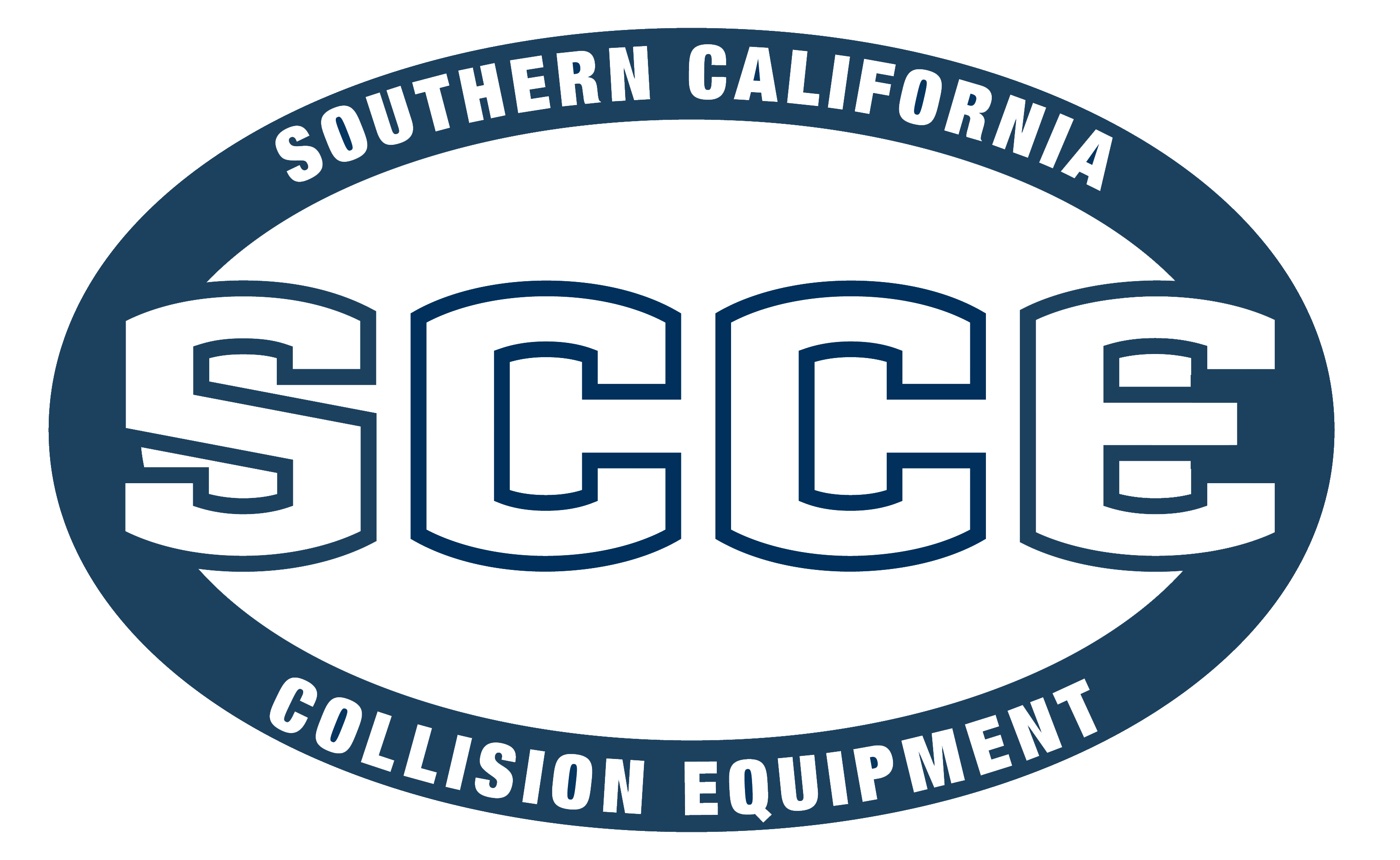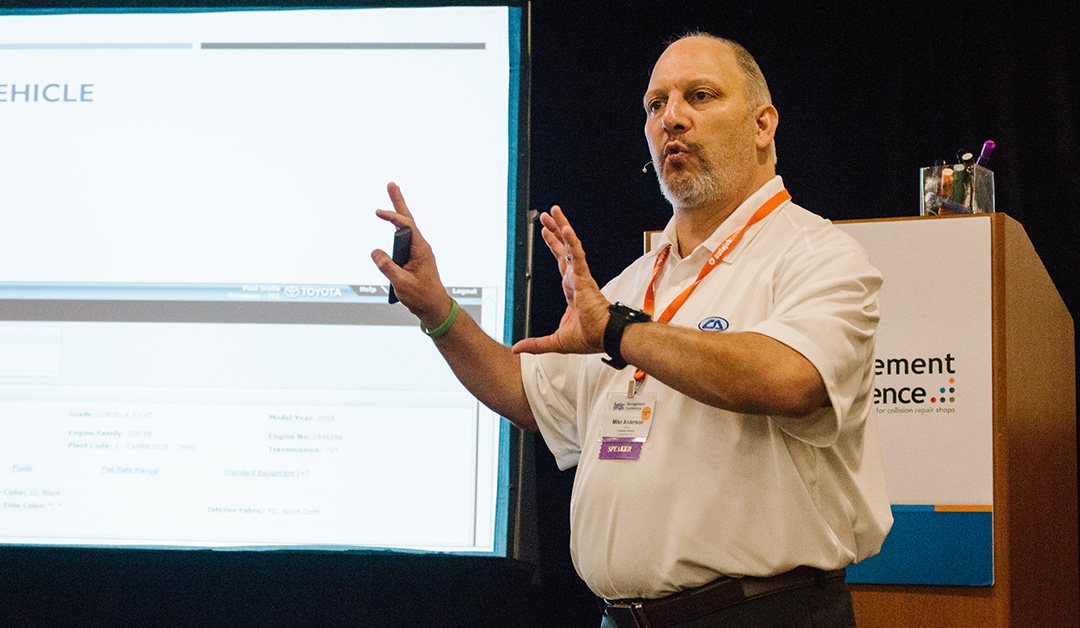During the annual FenderBender Management Conference, Mike Anderson, industry expert and founder and operator of CollisionAdvice.com, a training and consulting firm for shop owners, touched on a concept that a lot of shops fail to utilize more: repairing vs replacing.
Replacing a part is a natural reaction for many estimators, technicians and owners, but if a part can be repaired instead, it can not only make you money, but will ensure strengthened DRP relationships.
And repairing plastic parts, in particular, is the perfect starting point for any shop owner as it is a simple, easy and effective way to increase profits.
“Estimators are not aware of what can be repaired vs replaced,” Anderson says.
And because staff members within shops are not aware of the concept, you may still be stuck in a cycle of constantly replacing instead of considering repair options.
Anderson and Kurt Lammon, president of Polyvance, offer some insight into the topic and why it will matter in the future for the collision repair industry.
The Rise of Plastic
According to Anderson’s presentation, OEM’s are projected to use more plastic due to the 2012 fuel economy rule.
The increase in the use of plastic in vehicle design (due in part to CAFE mandates) has made plastic repairs a must for today’s collision repair shops, Lammon says. Plastics are not going away; they will only become more prevalent, he explains. Shops that have the equipment and training to repair plastics will be able to take advantage of these opportunities.
A lot of opportunity is missed by not repairing non-structural plastic parts.
Despite vehicles gaining ultra high-strength structural parts that cannot be repaired, you can compensate by repairing as much as you can on the nonstructural side of things.
Plastic bumpers, plastic trim and a significant amount of plastic parts under the hood are non-structural, Lammon says. Repairing those means more labor dollars for your shop.
“Today’s average lightweight vehicle contains 332 pounds of plastics and composites (8.3 percent by weight),” according to Anderson’s presentation. “[Vehicles] may contain more than 1,000 plastic parts.”
The Benefits
Understanding repair vs replace will also help in increasing your overall gross profit.
Anderson says if you focus on repairing instead of replacing in addition to common concerns such as subletting in-house, additional refinish opportunities and paint materials invoicing, you are sure to increase overall gross profit.
Once the estimator identifies what can and can’t be repaired, the faster the technician can begin working on the car. And since you will be saving time (and money) on ordering and waiting for parts, this will result in improved cycle-time.
Having the right equipment will also aid in the timeliness of the repair. Polyvance’s nitrogen welder allows for much faster and stronger repairs. The tool can be used on any plastic part, including mounting tabs, bumpers, fender liners, grille bars, and other high-stress detail areas.
The benefits of repairing versus replacing is the number one influencer of DRP scorecards such as State Farm, Anderson says. And if not the number one, it is one of the metrics on all scorecards.
Completing the plastic repair in house will also increase your body labor sales mix percentage, resulting in an overall increase in gross profit. The quicker the vehicle repair means that there is more throughput leading to more profit.
Plastic repair will also positively impact your shop productivity and shop efficiency. It decreases your replacement parts margins and increases your labor hours.
The Implementation
Anderson says that the keys to effective plastic repair are the right equipment, a designated person, repetition and the right training.. “Something that we [Polyvance] offer is plastic repair training that can help the shops get more labor opportunities,” Lammon says. Polyvance offers on-site training, classes at the Polyvance school and online videos. Anderson shared his three goals that needs to be established in order to effectively implement this strategy:
- Educate estimators on what can and can’t be repaired. Your estimators need to be trained in what types of parts can be repaired such as headlights, splash shield, etc. They also need to be aware that the earlier something is identified, the better.
- Educate estimators on what is involved to perform a repair. You estimator needs to have a step-by-step idea of what is involved in a plastic repair.
- Educate estimators on repair times. Create an exercise for you estimator that shows them different plastic repair scenarios to help them determine components such as repair time, materials required and the repair steps involved.

